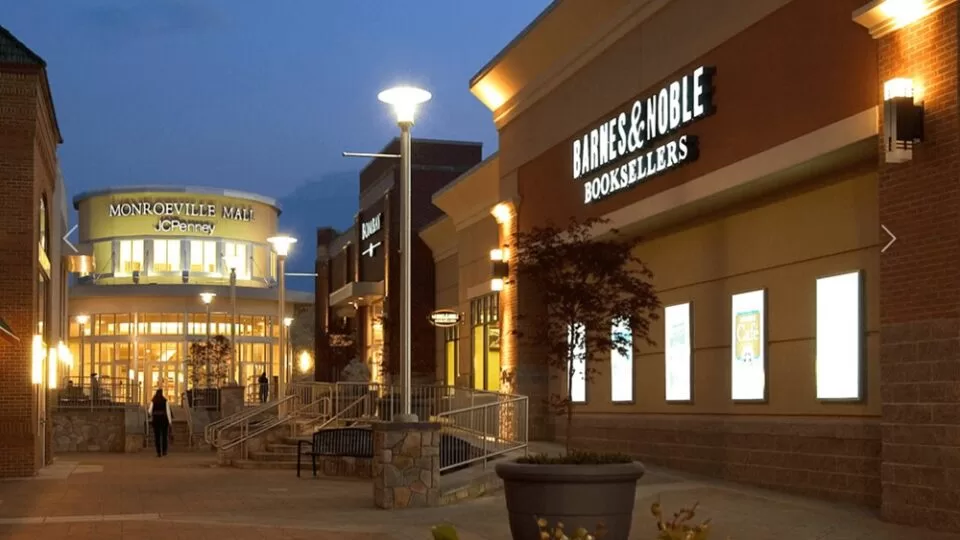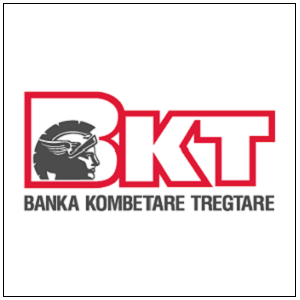Brand Strategy
Walmart and Amazon Lead the Charge in Mall Repurposing

- Walmart purchased Monroeville Mall for $34 million and plans to redevelop the site as a mixed-use attraction, including retail, dining, and residential spaces.
- Ailing traditional malls are being repurposed by companies like Amazon and Walmart into distribution centres, and along the way, they’re also investing in newer avenues of growth.
Walmart continues to grow its real estate portfolio by acquiring the Monroeville Mall for $34 million. This operation is a step towards transforming the mall into a vibrant mixed-use destination for shopping, restaurants, and maybe housing. This is part of Walmart’s broad strategy to capitalise on evolving consumer patterns and urban developments.
Monroeville Mall is 985,073 square feet and has 133 stores, including Dick’s Sporting Goods, Macy’s, Best Buy, Barnes & Noble, Forever 21, Victoria’s Secret, and JCPenney. Despite the site’s challenges with traditional retail, the Annex adds 185,517 square feet and eight stores. According to property records, over 3.5 million people visited this community centre in 2023, and it still can function as one.
Change: Malls Find New Use
Because of changes in shopping, older malls are undergoing significant alterations. Stores are repurposing shopping centres that were once bustling with business to accommodate new consumer behaviour. Amazon has been the most aggressive in the transformation of some of these buildings into distribution centres for mall properties in Baton Rouge in Louisiana, southern Knoxville in Tennessee, and Worcester in Massachusetts.
During the period 2016-2019, Amazon converted around 25 malls into fulfilment hubs. With many malls suffering from decreased foot traffic and increased vacancies, repositioning them into distribution centres has thus become a more appealing choice for developers. The trend fits with the greater demand for efficient eCommerce logistics coming from pandemonium-induced changes in consumer buying behaviour.
The Changing Face of Malls: Mixed-Use Development
Experts predict that malls will evolve into mixed-use developments that provide more than just retail. These venues could include homes, offices, hospitals, and even government buildings. They foresee the creation of multipurpose spaces that will function as a communal hub, combining commerce with everyday necessities.
Changes affecting traditional retail are contributing to the transition. Malls are no longer the shopping destinations they once were, as more consumers buy online. To keep these structures relevant, property owners are considering other uses. Mixed-use changes are one of the latest ideas.
With Growing Influence, Amazon and Walmart
As malls face uncertain futures, Amazon seems to be thriving. Growth has resulted in the extensive expansion of the cloud-based aspect of their business, i.e., AWS. Year-on-year, the revenue growth of AWS is expected to increase by 19.3%, thus being the largest growth for the company in the last two years, according to Wall Street analysts. In addition to this accomplishment, Amazon’s clear transition towards distribution and cloud-based services illustrates the company’s capacity to react to changing market conditions in terms of service delivery.
Walmart, on the other hand, has been attempting to diversify its business approach by mixing traditional retail with a strong online presence. With internal reorganisation underway to streamline operations before the next earnings report, the firm recently announced the layoff of hundreds of corporate employees as well as the closing of its North Carolina subsidiary. Corporate restructuring, which has always occurred at Walmart in both good and bad times, demonstrates that stock prices have exceeded the company’s capacity to properly adjust to changes in the way we sell.
Walmart’s Developing Retail Footprint: Investment for Growth
By 2023, Walmart intends to expand on its CAD 6.5 billion investment in the growth acceleration of Canadian businesses. This new investment will help fund the construction of additional supercenters in Ontario, Alberta, and other critical markets. Major initiatives include the opening of the Port Credit Supercenter in 2025, as well as new stores in Calgary, Edmonton, and Fort McMurray by 2027. Supply chain changes will also take place, with a new Vaughan Distribution Centre scheduled to open in 2025.
This expansion builds on Walmart’s CAD 3.5 billion investment in 2020 to help modernise and construct new stores. Thus, Walmart’s expansion strategy, along with timely and strategic investments in technology and logistics, has assured its long-term success in both physical and virtual retail.



















































